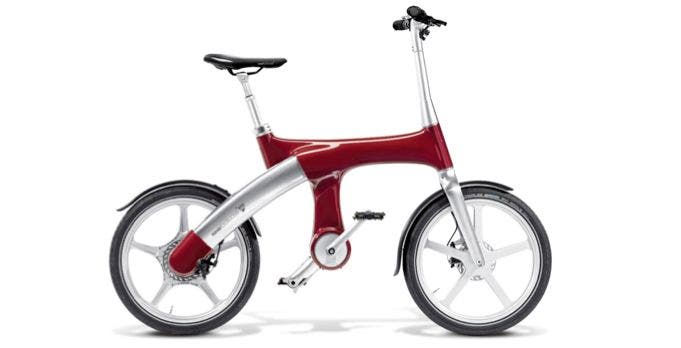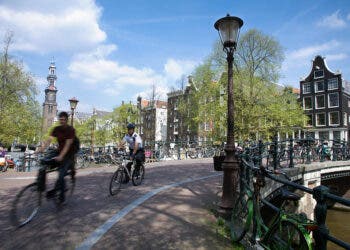With an already saturated market for bikes, companies are coming up with more and more creative options, but it’s becoming more and more difficult for a particular bike to stand out. The Mango Footloose however does so, not only because it’s an electronic bike and it folds (that’s not extremely uncommon nowadays), but because it runs without a chain.

First teased in prototype form at Eurobike 2013, the Footloose IM works by transmitting the rider’s pedalling power to charge the bike’s 36-volt, 8.2-Ah lithium-ion battery via an alternator in the crank. That battery in turn powers the 250-watt rear hub motor. You can also remove the battery for charging, if you’re feeling especially lazy.
According to producers, you can go up to 60 km (37 miles) on one charge of its battery, with a maximum speed of 25 km/h (15.5 mph). The bike weighs 21 kg (47 lb), which makes it pretty light for an e-bike. Mando Footloose also features a polished aluminum alloy frame with a protective plastic coating, built-in rear flashers and a removable HMI (human-machine interface) bar-mounted LCD control unit.
Mando seem pretty happy about the end result, as they announced that the IM is a “stylish, simple and elegant” way of riding a bike.

“Mando’s dream of creating a vehicle that would take you “As far as you want, in the style that you want, and with only the effort that you please to make” was a challenge which could not be solved with outdated thinking, technology and design. As a result, the company developed the world’s first Series Hybrid System that could power the vehicle with a built-in motor without a chain and dressed it up with the simple design of a world-class designer.”
I still have some reserves, as riding a bike without a chain can lead to some difficulties (as the BBC also highlighted), but I find it attractive and interesting – I could definitely see it hitting the streets soon. You can already buy it in many cities in the US and Europe, but the price is quite hefty: €2,690 (about US$3,050).






